|
No, this is not an invasion of the pod people, this is a Wild Ginger plant. The Wild Ginger (Asarum canadense) is a native wildflower to the Eastern US blooming in early spring then creating a wonderful ground covering later in the season. This has made it an attractive plant for home gardens that get a lot of shade. Remember, it is illegal to harvest wildflowers from local or national parks/forests without obtaining a permit! If harvesting from private property, only do so with the express permission of the landowner. Support your local native plant nursery by purchasing plants that have not been wild collected is a very good option. Hidden in at the base of the two broad leaves is a tiny purple/brown flower. "The color and the location of the flower have an unusual and interesting story. The flower evolved to attract small pollinating flies that emerge from the ground early in the spring looking for a thawing carcass of an animal that did not survive the winter. By lying next to the ground flower is readily found by the emerging flies. The color of the flower is similar to that of decomposing flesh. Whether these flies pollinate the flower or not is in some dispute. Never the less they do enter the flower to escape the cold winds of early spring and to feast upon the flowers pollen. Some of the pollen attaches to their bodies and is taken with them when they visit the next flower." The root of this plant gives off a ginger-like aroma, but it is not recommended for consumption. It is a completely different plant from the ginger root which you can purchase at the store (which is safe for consumption). The leaves of this plant may also cause irritation (which I found out the hard way) with a light nettle-like sting. Look for broad pointed pairs of leaves in shady/partly shady wooded areas, to identify follow the stems to the base to see the unmistakably unique flower of this awesome wildflower.
3 Comments
Wood Anemone (Anemone Quinquefolia) is a delicate spring wildflower rising up from a stalk which has basal leaves and a whorl of 3- to 5-parted leaves at its apex.
With the flower sitting on top a long stalk, it has a tendency to tremble in the breeze giving it the secondary name "Wind Flower". Blooming April - June in wet 'mucky soil' forests. One of the more unique places I enjoy spending my time is at Brown's Lake Bog. A sphagnum moss covered bog which hosts a variety of unique and interesting plant life. In the span of a week a whole new variety has bloomed. April 5th 2016 Week one the cut-leaf toothwort is in bud form, the fiddleheads are just starting their awakening, the carnivorous pitcher plants are opening their tiny red cups, the mayapple are sprouting widely, and the ground ivy is blooming the vibrant purple blue that it does. While walking along, we saw a Brown Creeper and a Yellow Crowned Kinglet (bird species I had never seen before)! There were also a herd of deer, various chipmunks, and the occasional peeping frog singing. April 13th 2016 One week later we find the first sign of the roundleaf sundew (carnivorous), more activity with the pitcher plants, as the water warms further along more fiddleheads are rising from their sphagnum moss mounds, spring beauties blanket the forest floor, turkey tail fungi welcomes the sun, tracks of a raccoon friend imprinted in the mud, cutleaf toothwort opens, in the distance you can see the green moving in, somewhere amongst these trees is a brown creeper, the teeny tiny kidney leaf buttercup opens its first bloom, the teeny white flowers of the chickweed are now visible, green everywhere, and lastly the dead nettle shows off its purple shades. What a time to explore! The Trout Lily (erythronium americanum) has just started its spring bloom here in north east Ohio, it can be clearly identified by its mottled leaves with which it receives its name - said to resemble the coloring/patterning of that of a speckled or brown trout. Each flower arises from a set of two leaves upon a stalk bearing only one flower. The outer flower appearing bronze and the inner a bright yellow.
It is sometimes known under the common name Dog Tooth Violet due to the toothlike shape of the underground bulb. However, since it's not part of the violet family this is a confusing nomenclature (let's just stick to trout lily). There is also a White Trout Lily (erythronium albidum) which bears similarly patterned leaves but are more narrow and the flower is white (sometimes tinged lavender). Bloom time for the white trout lily is generally Feb. - April. The wildflower I most relate to spring's official arrival is the Trillium. Here we are, despite all the snow we've had, the trillium have pulled through, welcome spring! Our cold tired bodies welcome your arrival and desperately await the sun and warmth which so closely follows you. In Ohio we have eight different species of Trillium: T. navale (snow or dwarf trillium), T. grandiflorum (great white trillium-see photo above), T. sessile (toad shade/toad trillium), T. recurvatum (prairie trillium), T. erectum (red trillium-stinking trillium), T. undulatum (painted trillium), T. flexipes (drooping trillium), and T. cernuum (nodding trillium). Only one of these species can be found in all 88 Counties - The Great White Trillium - our state's official wildflower. The first few buds have just started blooming here in North East Ohio; through the next month if you find yourself walking through a deciduous forest keep an eye to the ground as these beauties will be blooming. Trillium growth: from buds, to cups, to open leaves, to opening flower.
The Giant Blue Cohosh (Caulophyllum giganteum) rises late March early April as a bundled up deep purple mass on a thick purple stem. Hidden amongst the furled leaves are a few small thick and waxy reddish purple flowers with bright yellow and green centers. As this plant grows the purple fades to green as the leaves and stems spread out. Below you can see the same plant in different forms. After the leaves spread out, the flowers fall revealing groups of berries colored a dark blue.
This plant is native to our area (Eastern US) and has been used for hundreds of years by Native Americans for many purposes, "The primary function of blue cohosh in many Native communities of North America was to induce childbirth, ease the pain of labor, rectify delayed or irregular menstruation, and to alleviate heavy bleeding and pain during menstruation." This time of year walking around cool damp woods near creeks or streams you might catch a glimpse of a shiny, bright yellow little (about 1inch) flower hidden amongst the old leaves and beginnings of new plant growth. This is more than likely a Swamp Buttercup - Ranunculus septentrionalis (or if it's taller and the stem is covered in bristles, a Bristly Buttercup or Ranunculus hispidus) Some other common names: Bachelor Button, Blister Plant, Bristly Buttercup, Butter Daisy, Crazy Weed, Crowfoot, Gold Knot, Hispid Buttercup, Marsh Buttercup, Northern Swamp Buttercup, Pilewort, Rough Buttercup, Spearwort, Swamp Crowfoot, and Three-leaved Buttercup, Three-leaved Crowfoot, Wood Buttercup. Folklore: Swamp Buttercup, as well as other members of the Genus Ranunculus, had some folklore associated with this plant. The name of Ranunculus may have also originated from a Libyan boy of that same name. This boy wore green and yellow silk and liked to sing. One day, some wood nymphs got tired of his singing and turned him into a flower. Swamp Buttercup had other stories as well. Farmers sometimes rubbed the yellow flowers over the cows’ udders or hung the flowers over their barn doors in hopes of producing golden yellow cream. If a person placed one of the yellow flowers under their smooth chin and it reflected the flower’s glow, then that person loved butter. Some people believed that smelling the flower or placing it next to your neck under a full moon would drive you insane. Flowers photographed at Wooster Memorial Park March 29 and 31st 2016
Dutchman's Breeches (Dicentra cucullaria (L.) Bernh.) are a native wildflower to the Eastern US which produces blooms March - May in rich and rocky deciduous woods and ravines. A long stem emerges from the fern-like foliage to bloom pantaloon-resembling flowers (hence the name). These can be differentiated from the similar looking 'squirrel corn' by the sharp spurs and yellow bases of the 'breeches' where as the 'squirrel corn' has more of a round heart shape and does not have the yellow base. Both the squirrel corn and the dutchman's breeches are of the 'bleeding heart' family and as with the bleeding hearts are highly toxic and can cause irritation even to the touch (unless you're a bumblebee). This plant is an important source of pollen and nutrients to early awakening bees.
Upon the arrival of summer, the dutchman's breeches will go dormant until early spring comes around again. A native to the Eastern US, the Cutleaf Toothwort (Cardamine concatenata) is an early bloomer in the spring wildflower season.
Found primarily in moist woodlands, flowering from April - June, it can be properly identified by the sharply-toothed, deeply-lobed leaves. Flowers bloom in clusters, four petals per flower generally white, but can be white tinged with pinks or purples. The leaves and rhizomes are both edible, raw or cooked. Supposedly the taste is peppery - reminiscent of horseradish. The common Coltsfoot (Tussilago farfara) goes by various other names, coughwort, hallfoot, horsehoof, foalswort, fieldhove, bullsfoot, donnhove, and in France Pas d'âne.
One of the earliest flowers to bloom, coltsfoot's flowers superficially resemble the dandelion, upon further inspection you will clearly be able to tell the difference by size (flowers are much smaller) the stem (much thicker, scaly, and taller) and the leaves are either nonexistent when blooming or the full round leaves (resembling a colt's foot) where as the dandelion have oblong sharp lobed leaves. Flowers can be found blooming February - June along roadsides and other waste places. The name colts foot comes from the leaf shape's resemblance to a cross-section of a colt's foot. Originally from Europe, settlers introduced the coltsfoot to America for medicinal purposes. As a medicinal herb, coltsfoot has been used for centuries for many purposes: cough dispeller, in treating asthma, bronchitis, and other respirator ills. In the past in Paris, the coltsfoot flowers would be painted as a sign on the doorpost of an apothecaries shop. An extract of fresh leaves can be used for making cough drops or hard candy, and its dried leaves can be steeped for a tea. (pregnant, young, and elderly should take caution using this herb) Below you can see the early bud, the flowers opening, and a full blooming flower. |
AboutSince 2015 we have been exploring and sharing all the amazing things we’ve found in nature. AuthorEmily is an Ohio Certified Volunteer Naturalist who is most often found out in the woods. Archives
March 2024
Categories
All
|
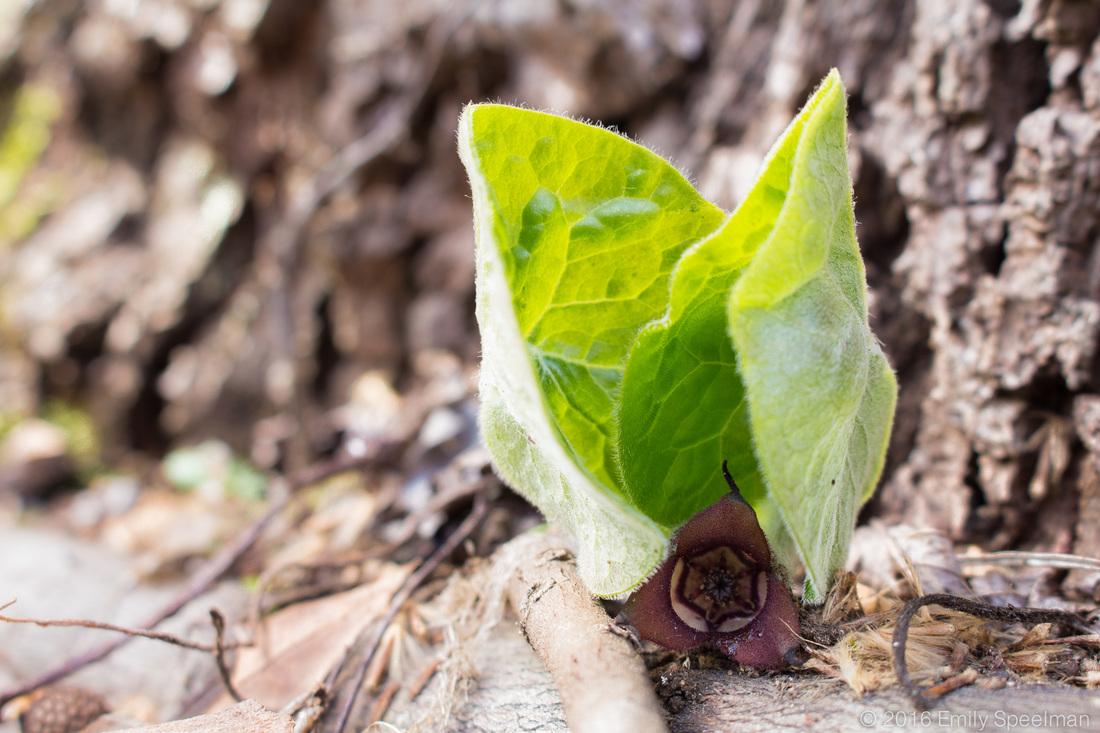
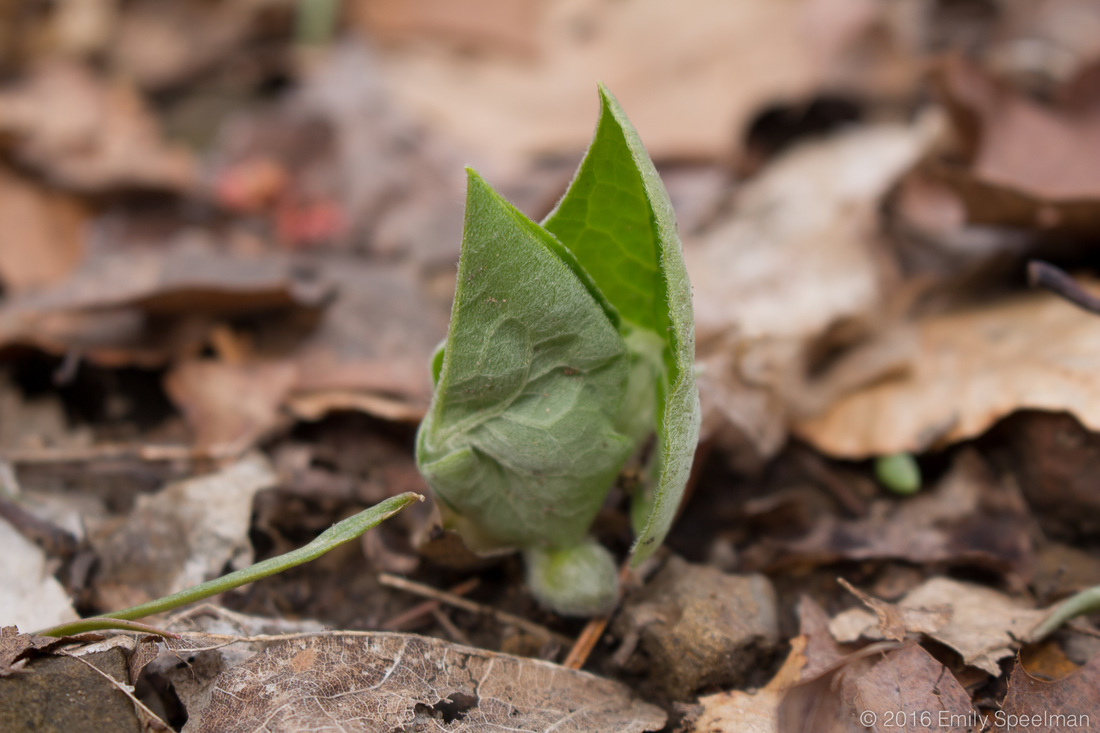
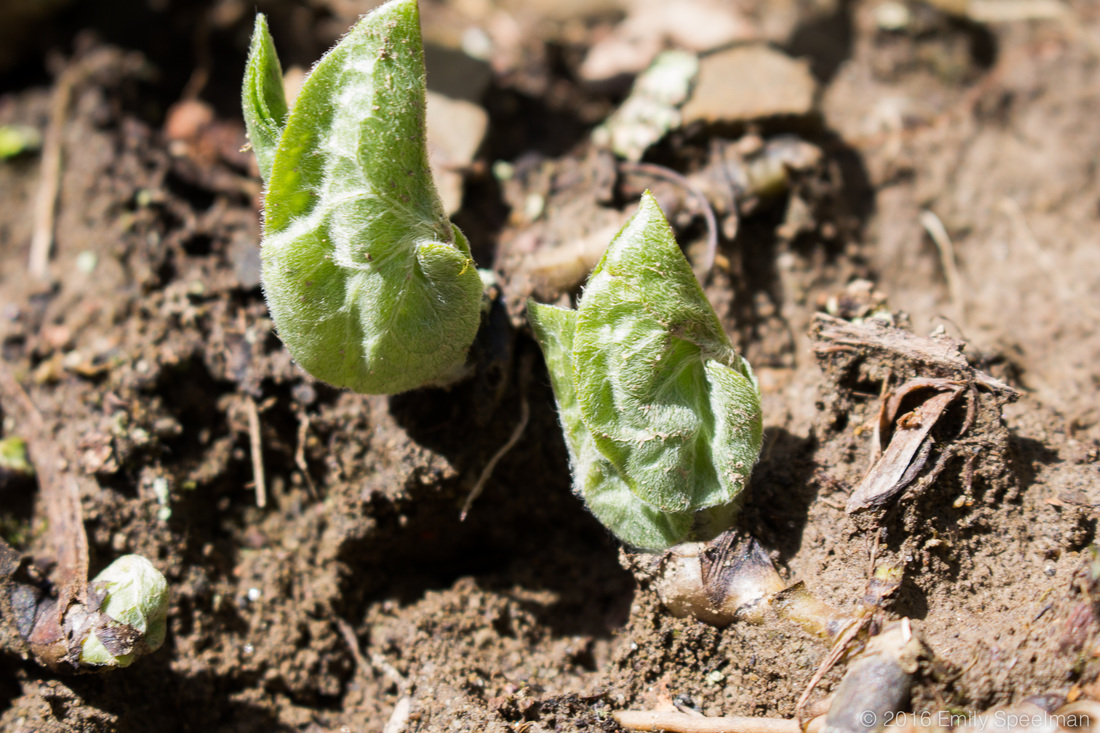
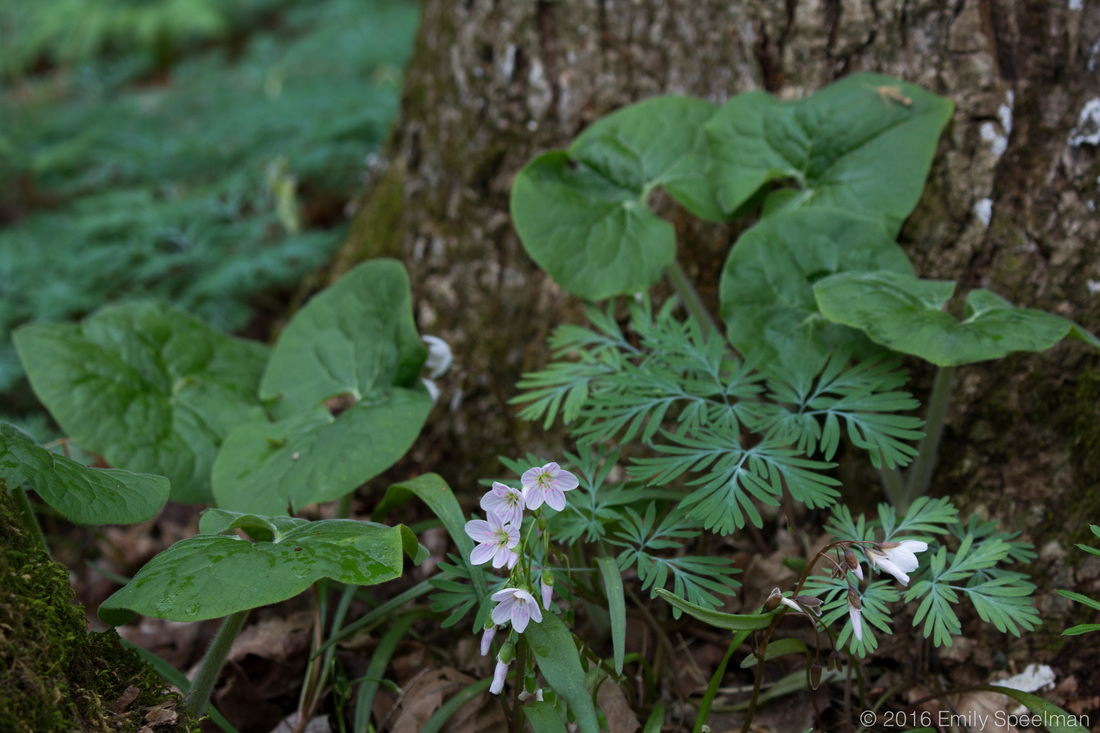
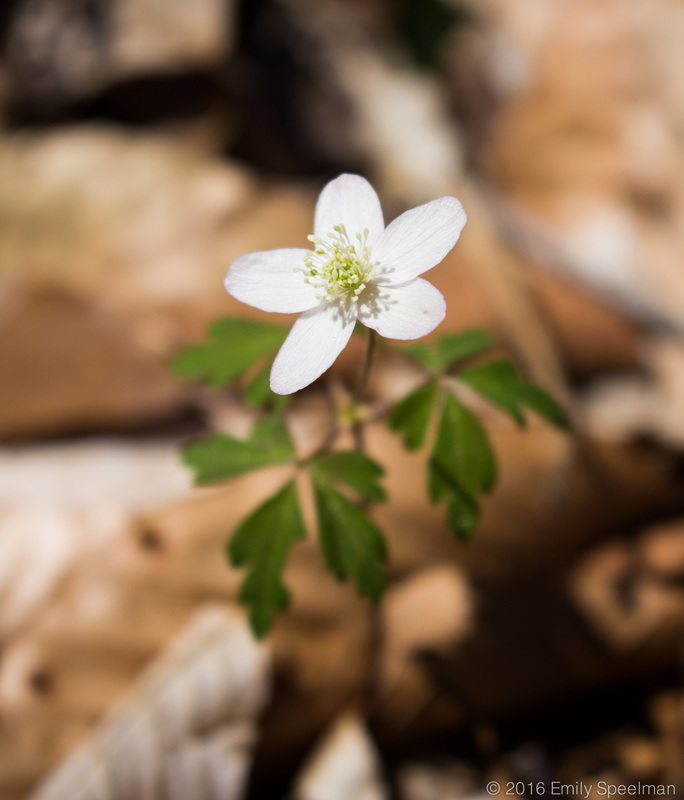
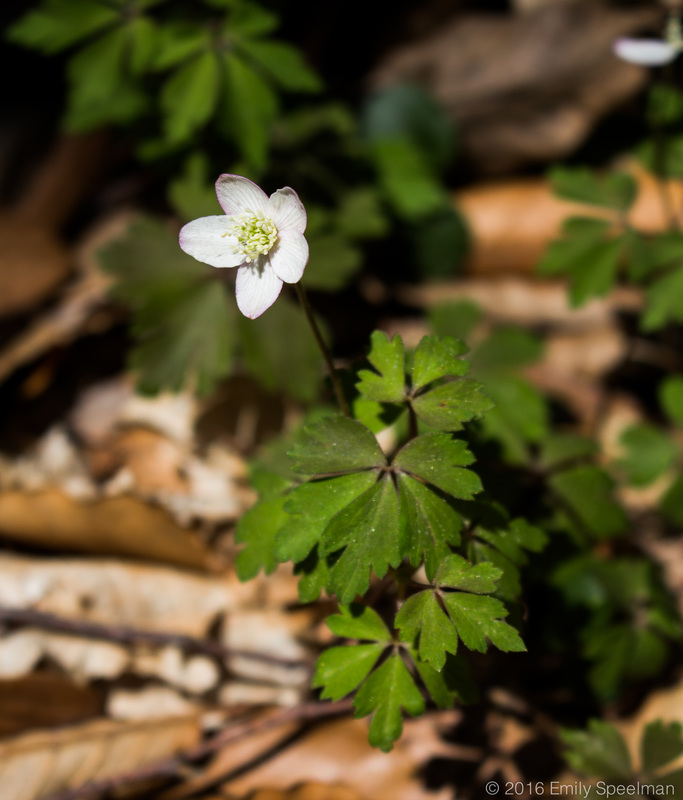
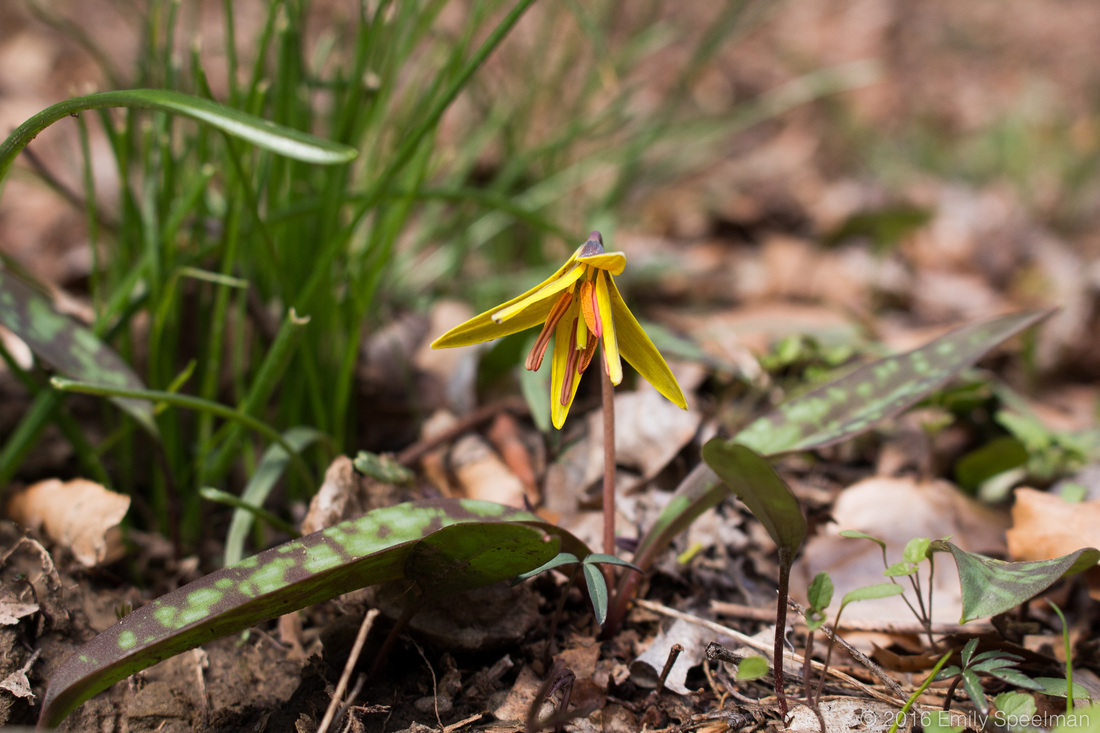
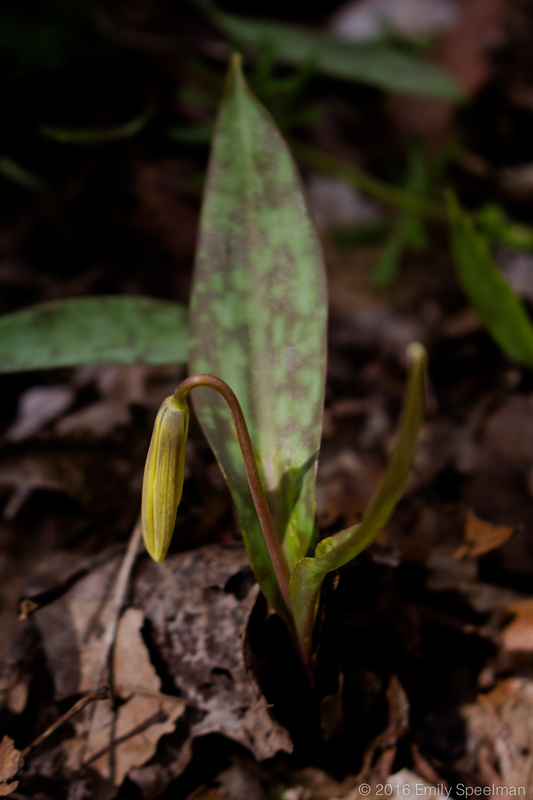
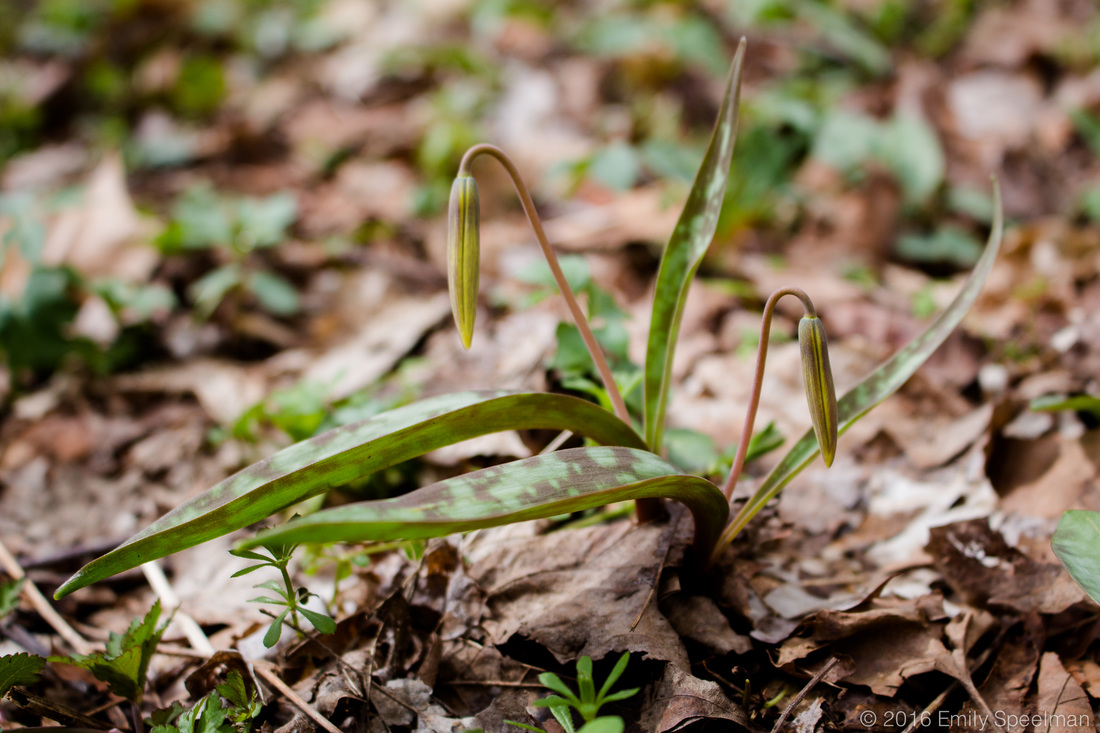
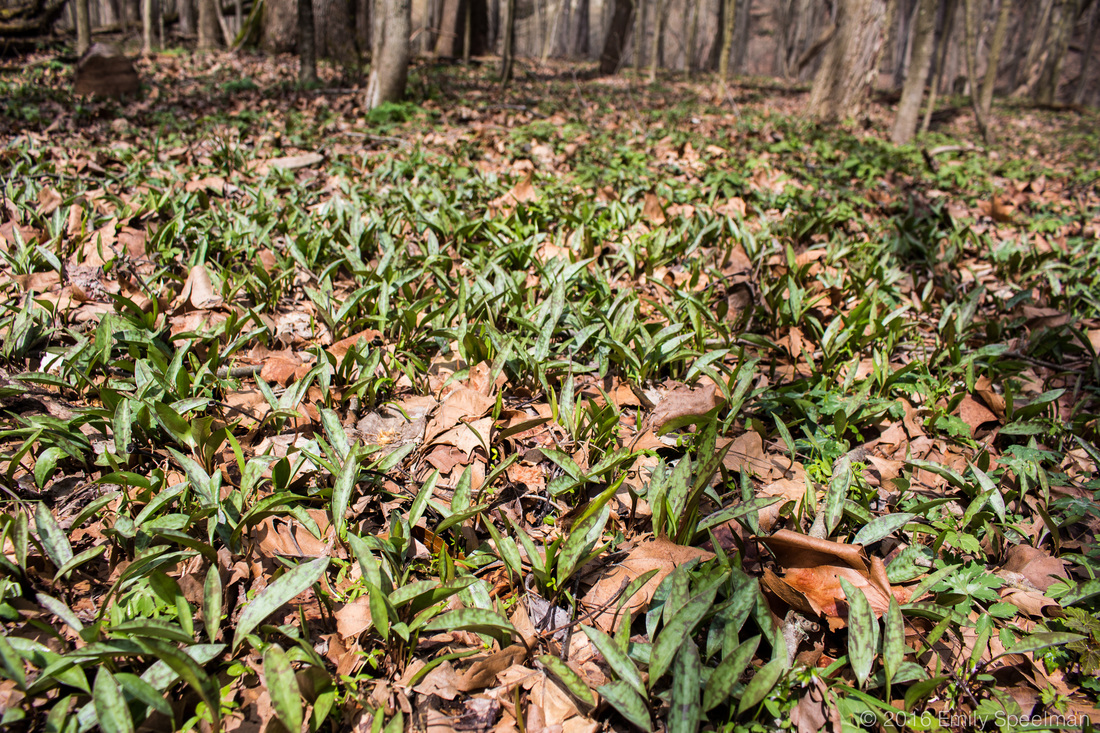
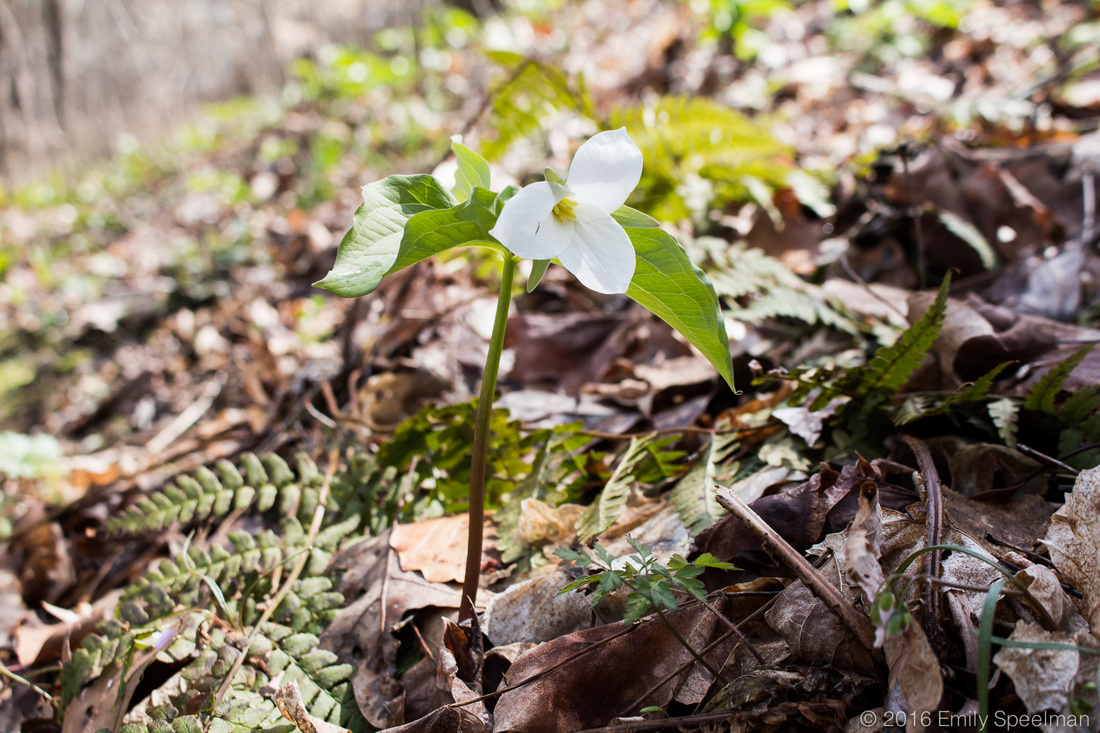
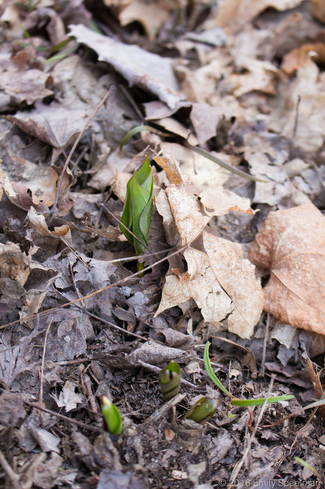
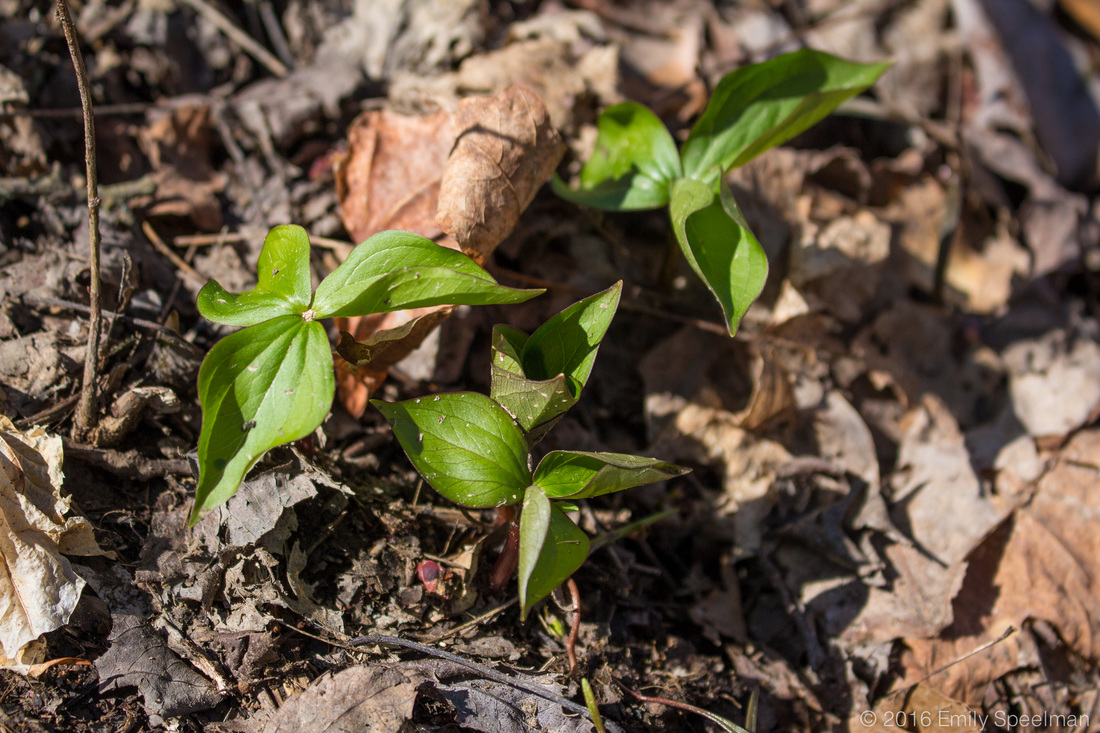
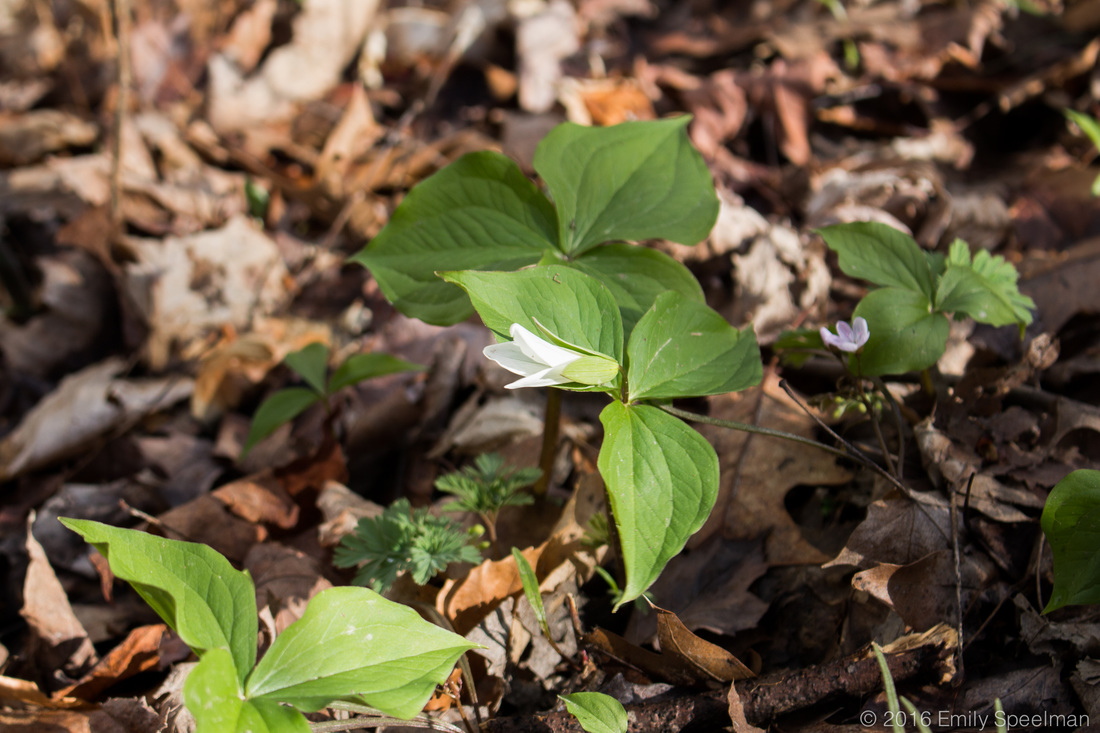
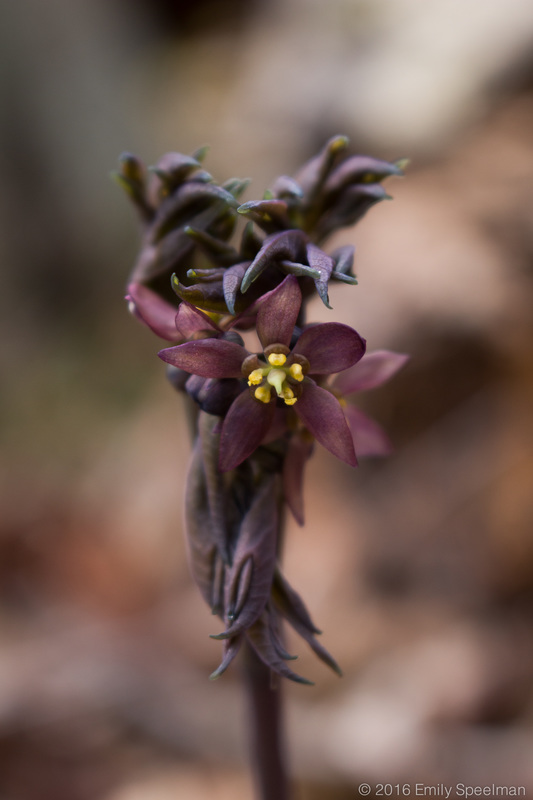
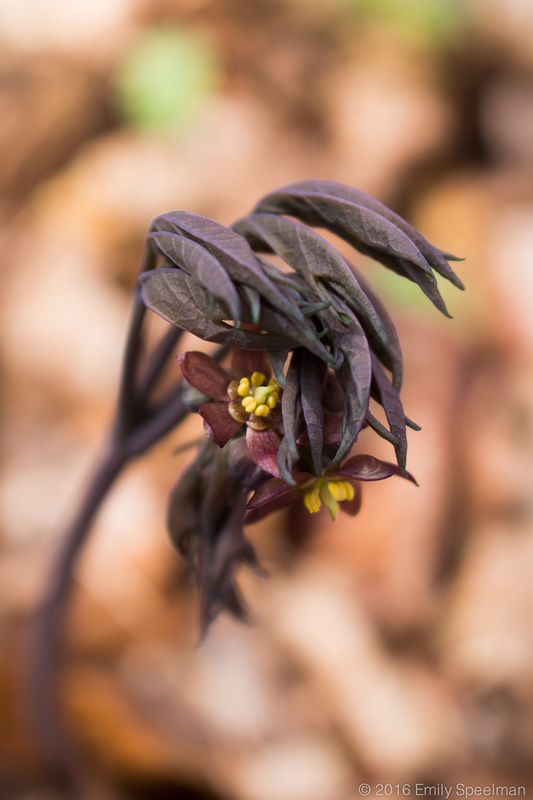
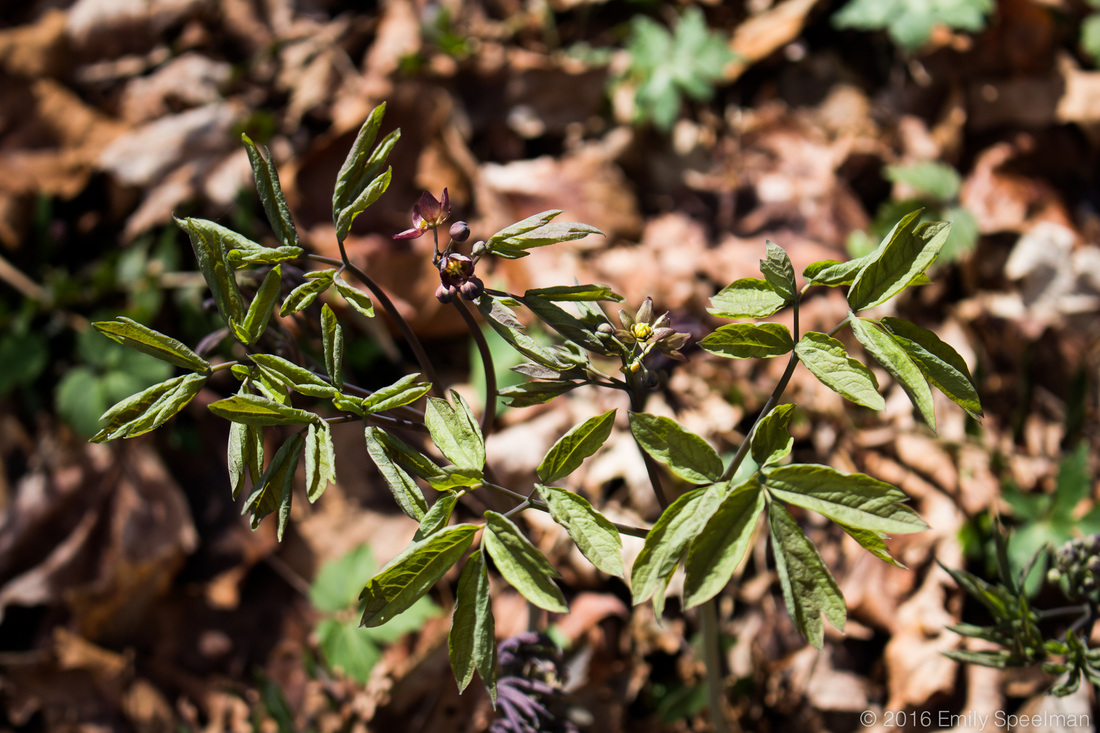
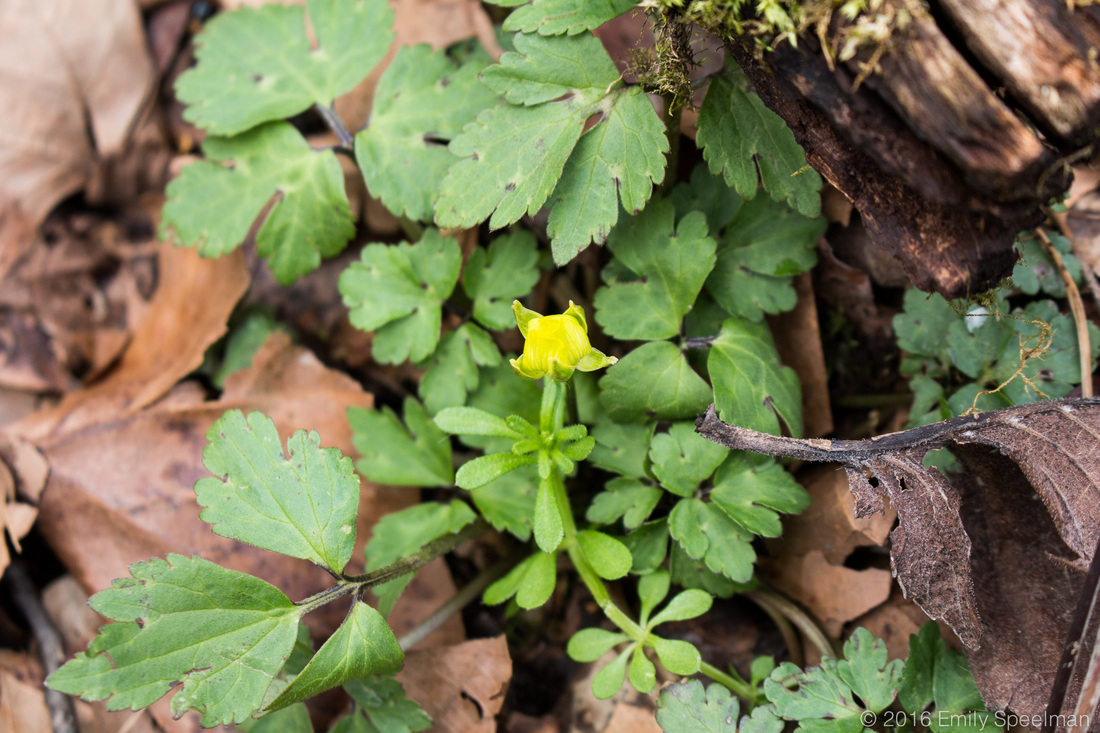
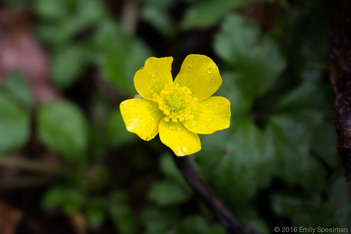
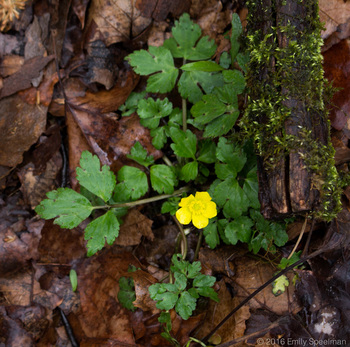
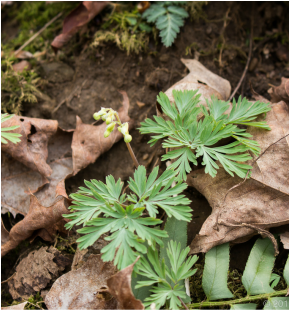
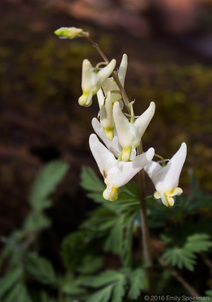
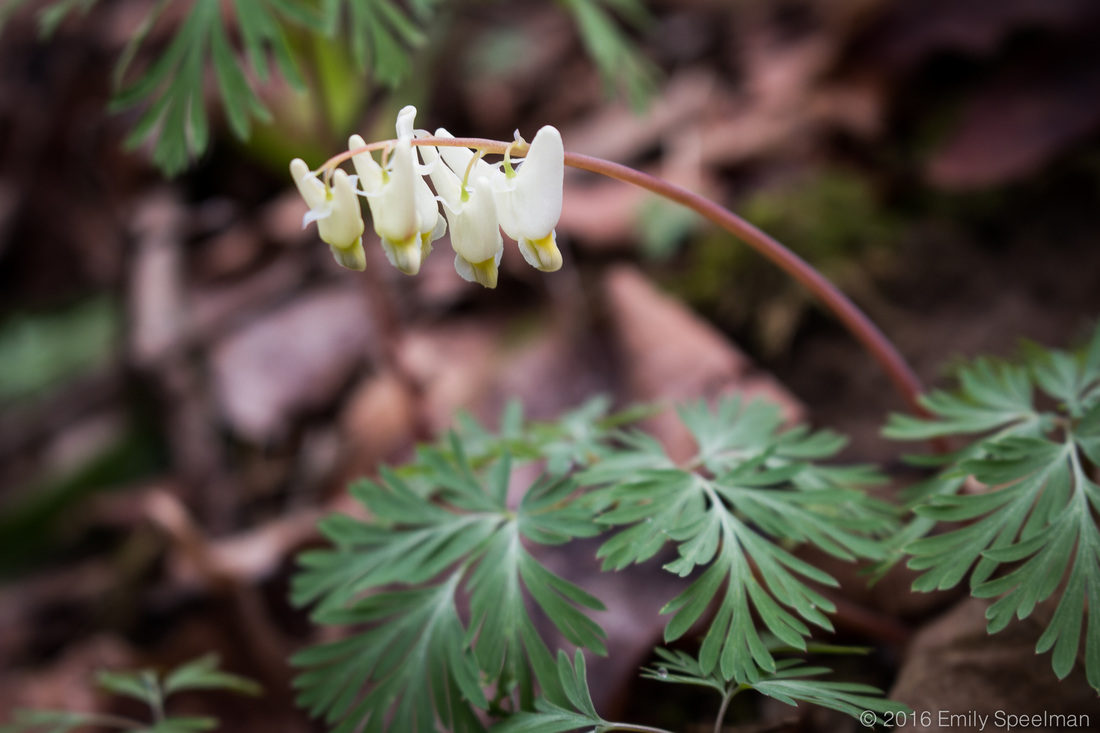
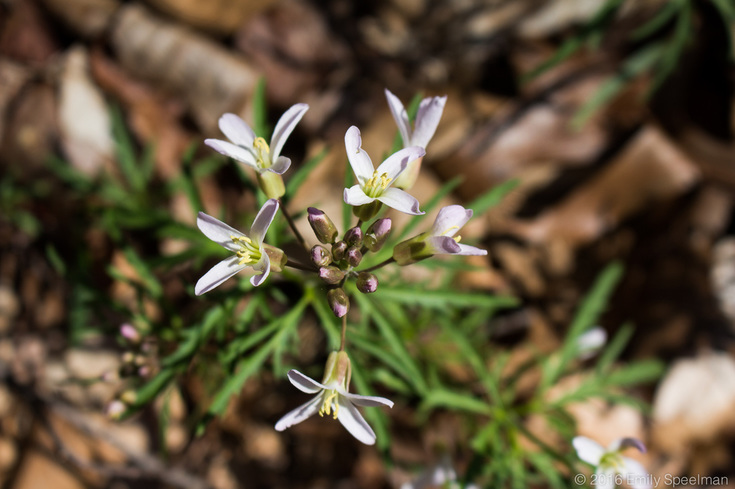
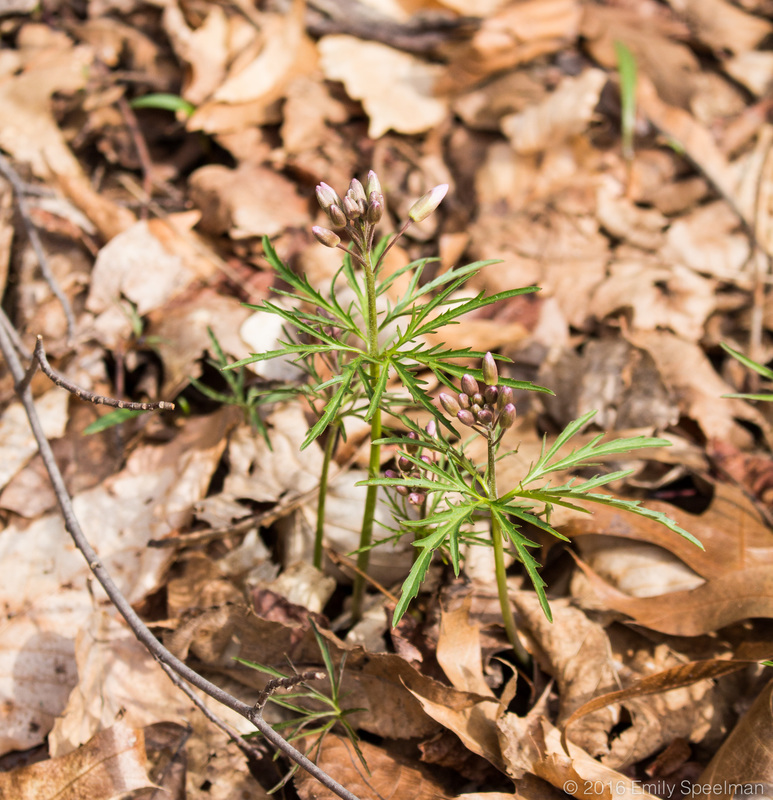
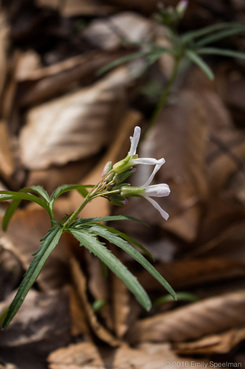
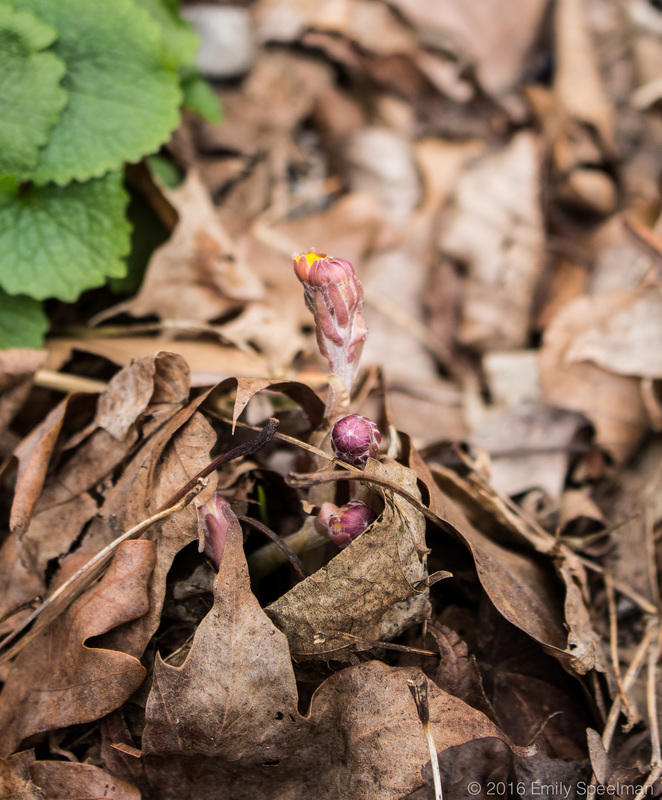
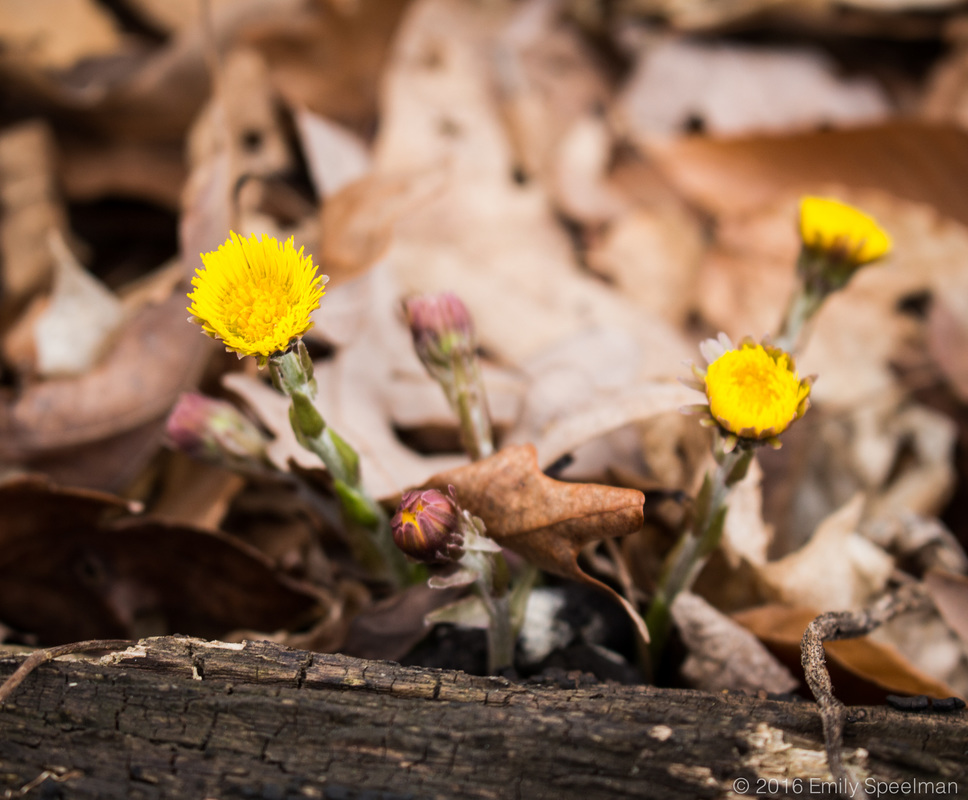
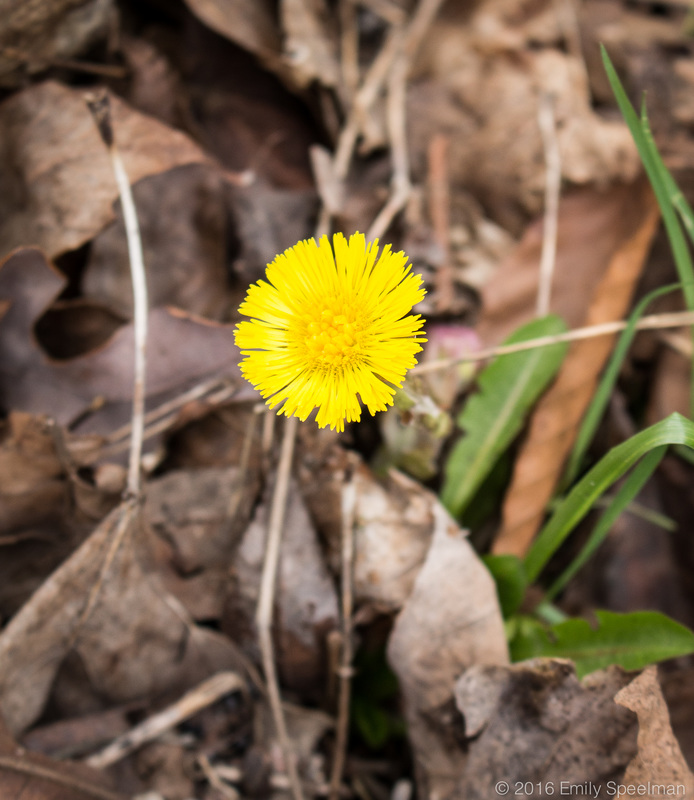
 RSS Feed
RSS Feed